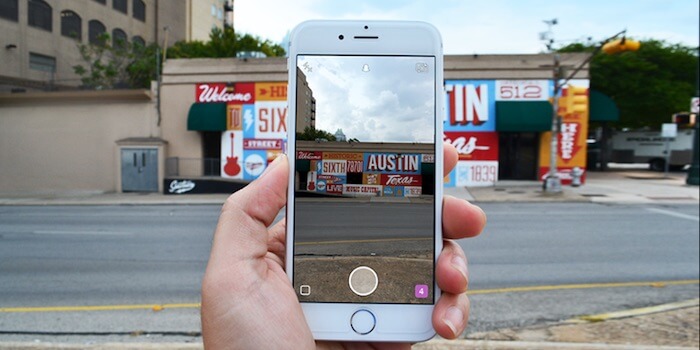Reviews of iOS 10, the latest version of the Apple iPhone operating system, have been mixed, but it does offer one long-awaited feature: the ability to hail an Uber or Lyft via Siri, its voice recognition assistant.
The software update also allows users to book a ride directly through the Apple Maps app, via its “ride” tab. (Google Maps can display options for Uber or Lyft rides, but to book a trip one is routed to the respective apps.)
Users can simply say “Siri, get me an Uber” — or Lyft — and the assistant will go through the booking process, displaying the ride fare and wait time before the user confirms the trip. In the case of Lyft, the ride can also be booked via an Apple Watch. (It’s not clear if the same function exists with Uber.)
Of course, iPhone users will have to have the ride-hailing apps installed and grant permission within the phone’s settings s for Siri to access their data.
The new function makes good on a promise Uber made back in June to make it possible to use Siri to request a ride and receive real-time updates on the trip.
The new iPhone functions are part of a larger effort by Apple to make Siri play well — or at least better — with third-party apps. As Apple put it earlier this month ahead of the debut of the new operating system: “With iOS 10 and the introduction of SiriKit for developers, everyone’s favorite personal assistant helps you get even more done throughout the day.”
There’s been no word from Google on whether such functionality could soon come to Android operating systems.
But Google, which has increasingly bumped heads with Uber in the realm of self-driving vehicle development, has sought to make its Maps app more accommodating of ride-hail companies. Recently it announced that Google Maps would now display, in addition to Uber, options for trips via Lyft and, in New York City, Gett but not yet Juno. Some saw the move as a subtle dig at Uber.

